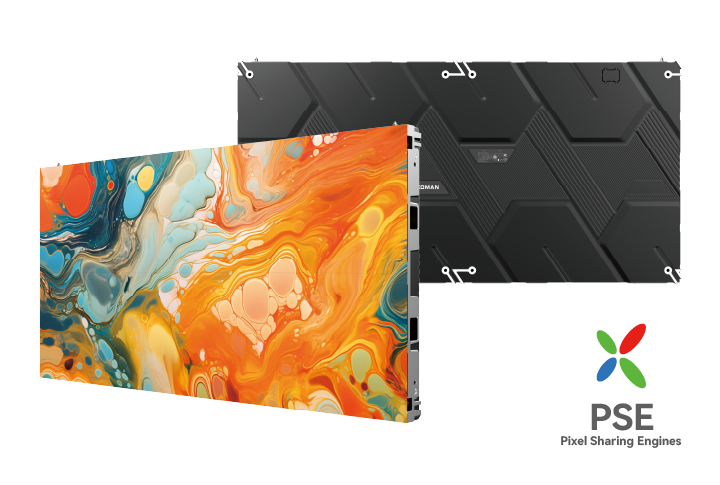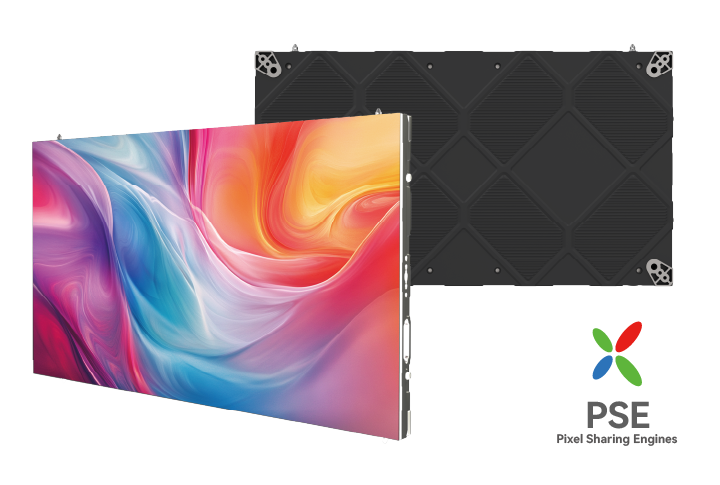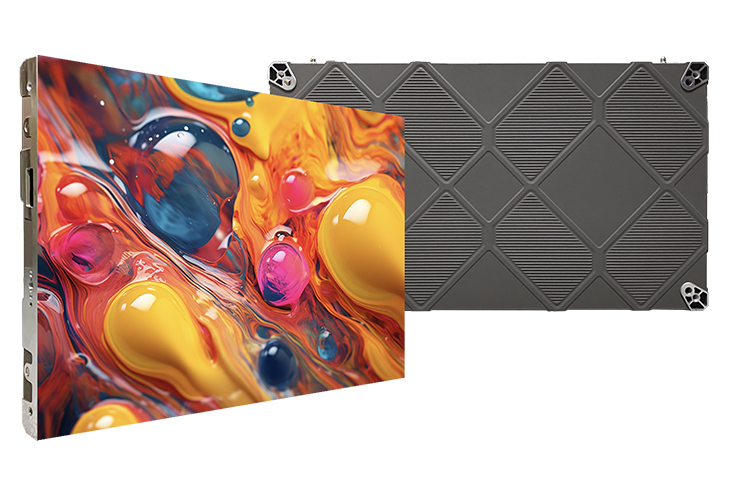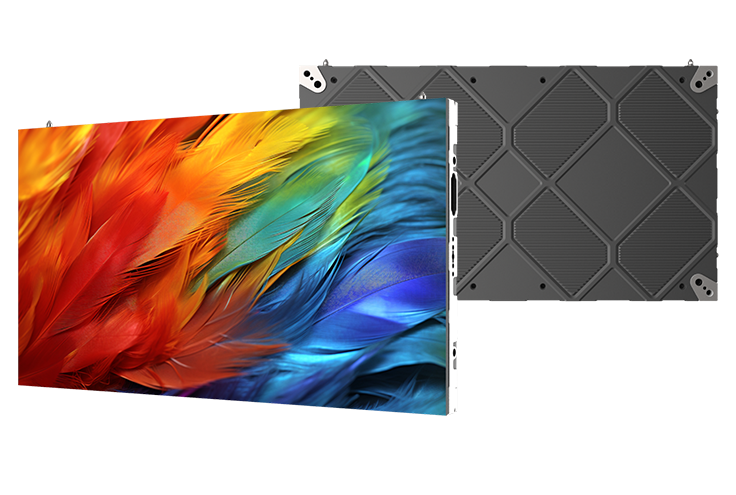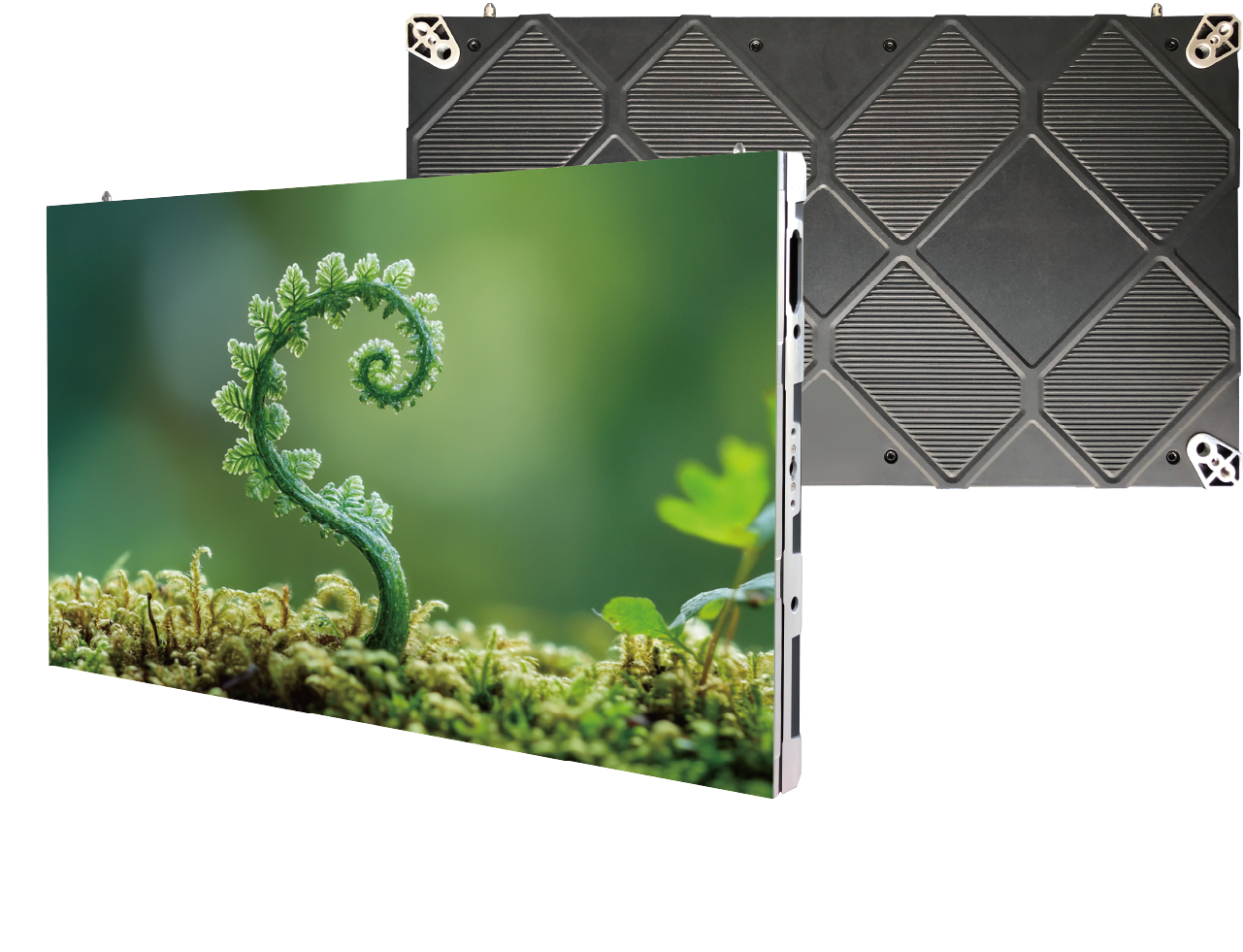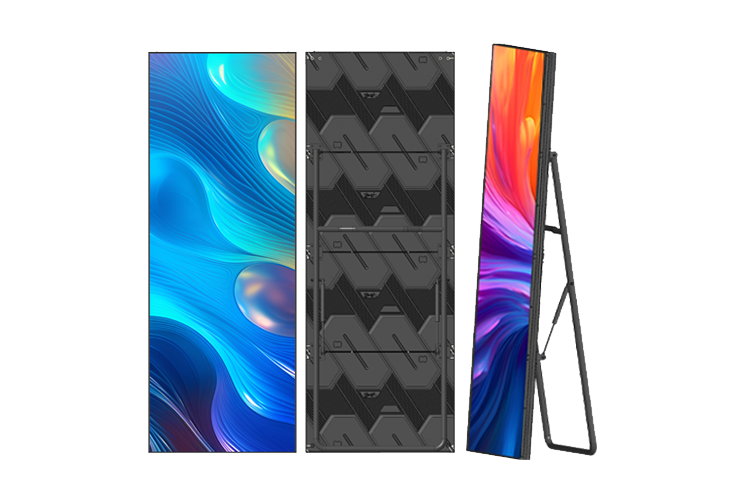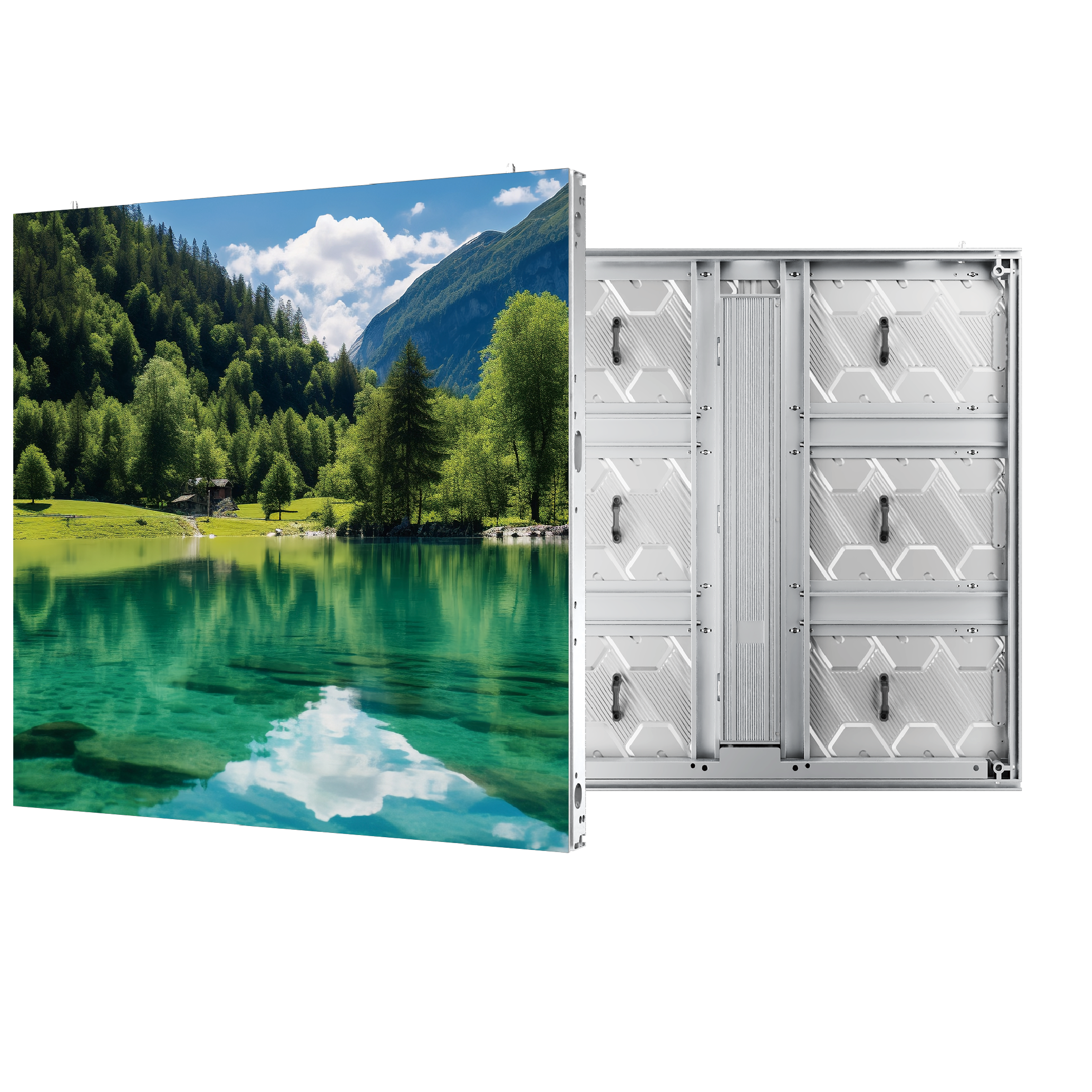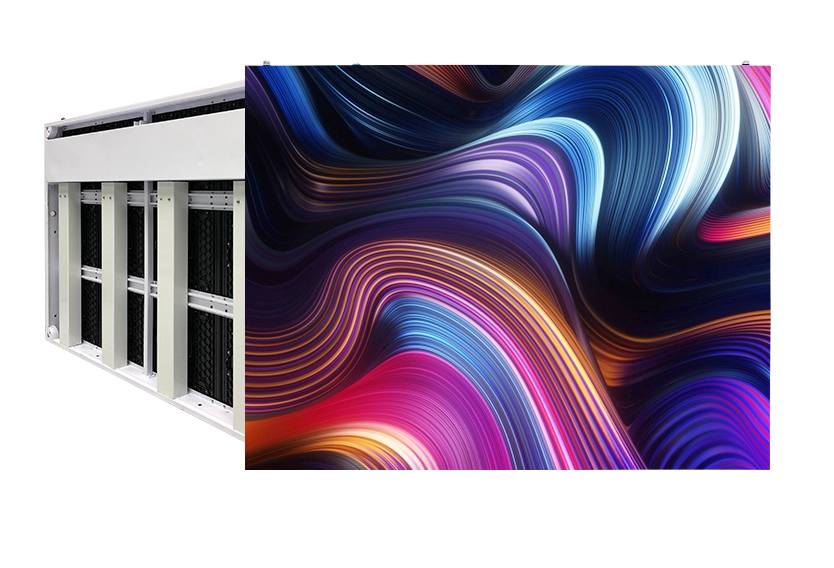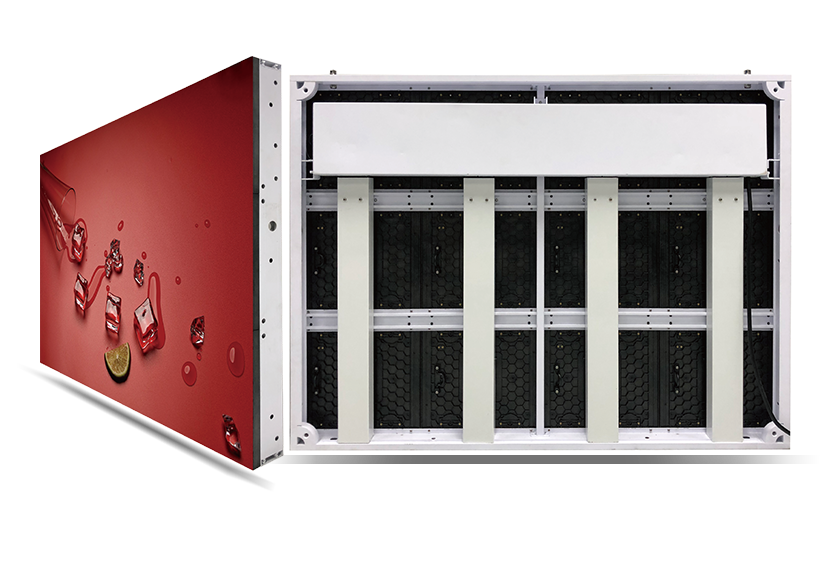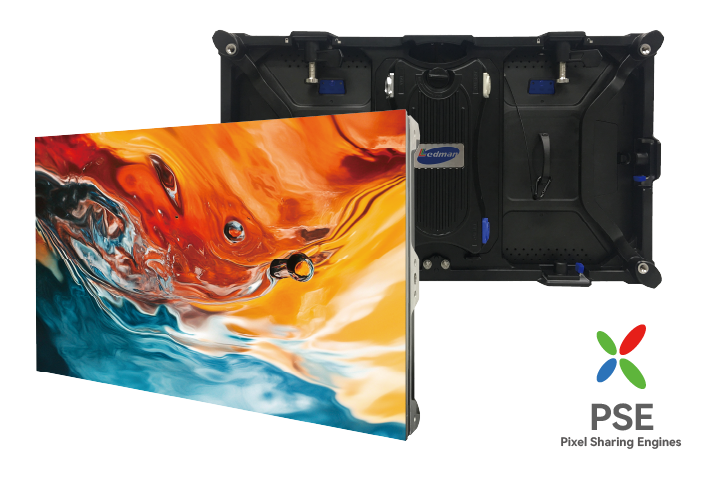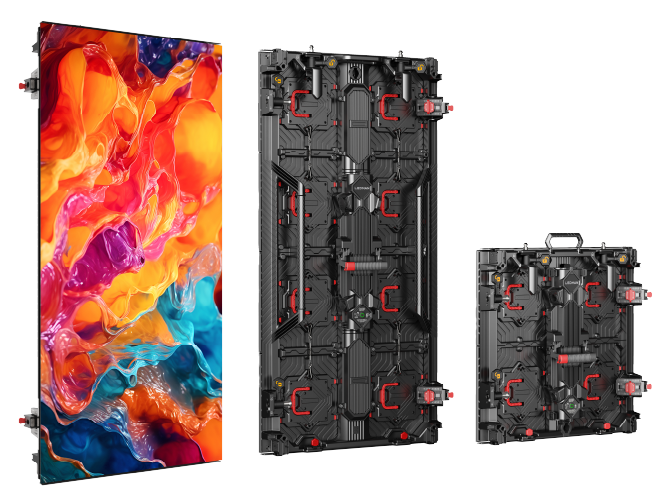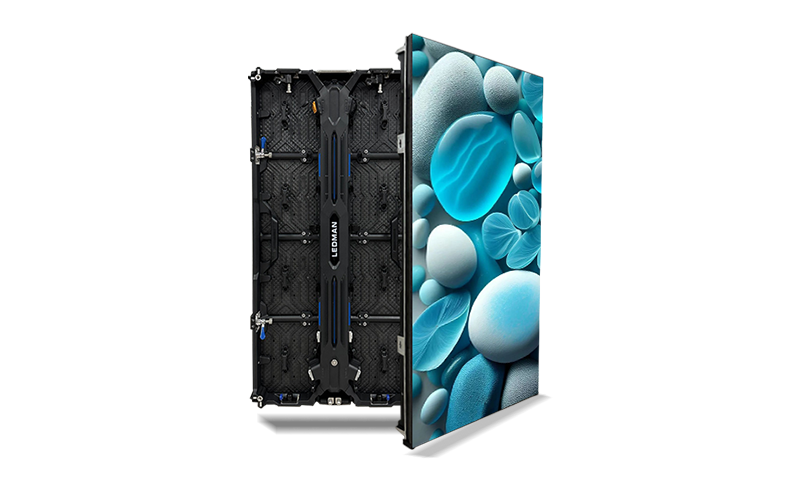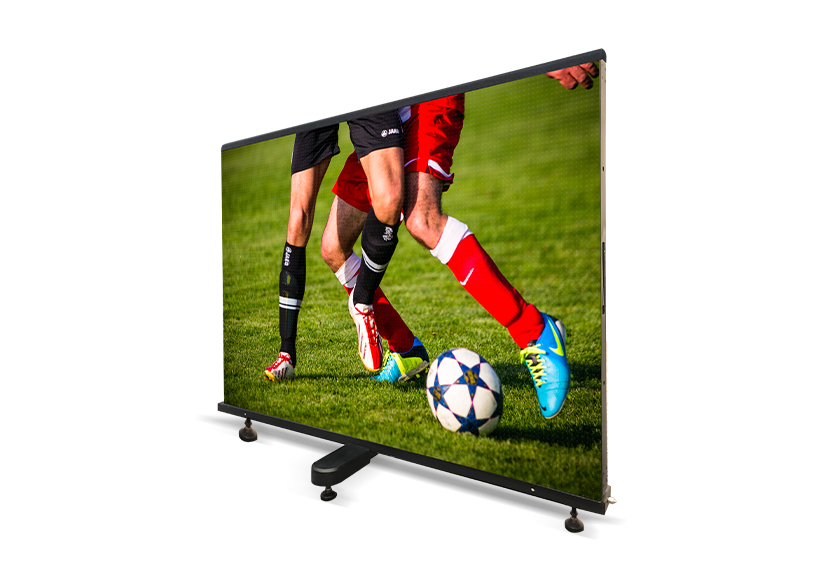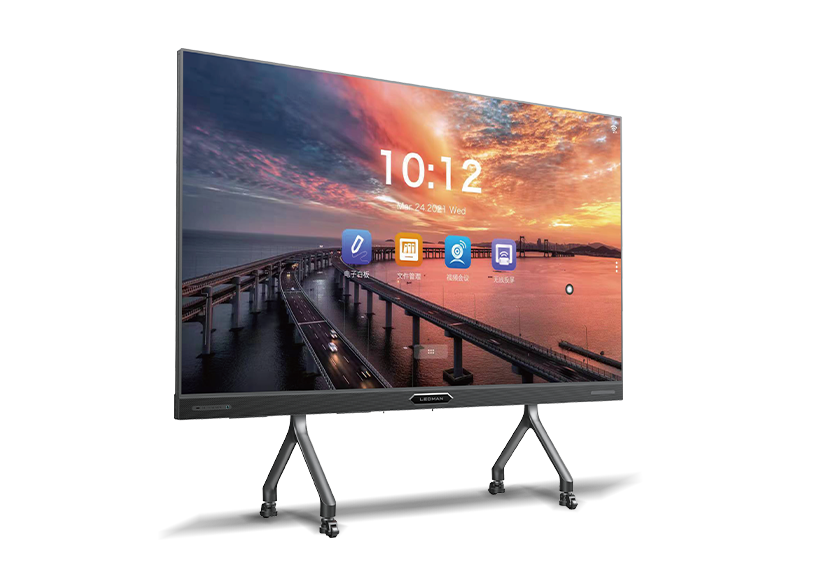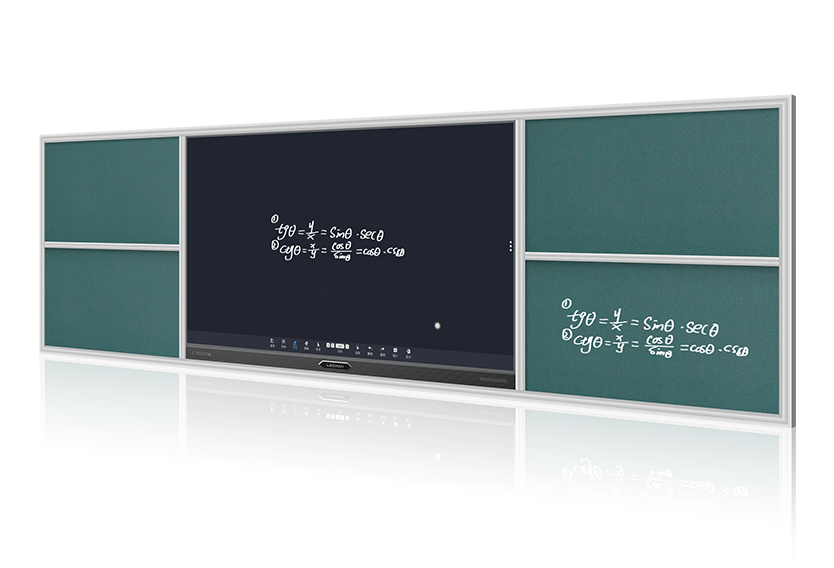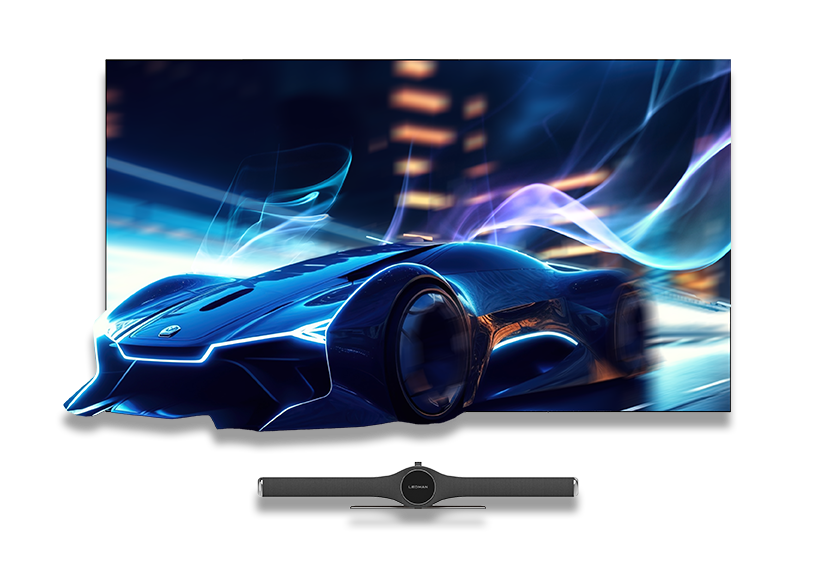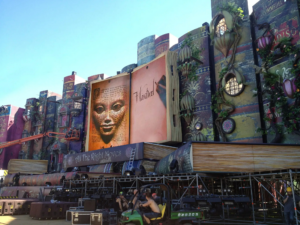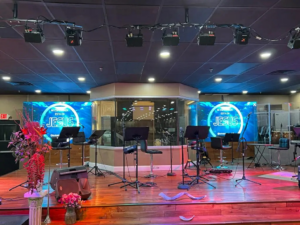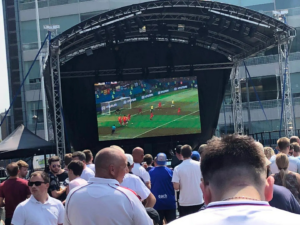A well-made LED screen can illuminate your business, or enhance the visual effect of a special event. And it’s not only used by TVs and game shows, you’ll find LED screens on stage. It is becoming more and more popular in a variety of venues; churches, schools, conferences, museums, and board rooms. So whether you are looking to upgrade your current screen or if it’s the first time you have stumbled upon a stage LED screen, this article will give you all the guidance you need to make an informed decision about buying a stage LED screen.
Type of A Stage LED Screen
When it comes to buying a stage LED screen, there are a lot of things to consider. There are so many different types of screens out there, and each one has its benefits and drawbacks. The best thing you can do for yourself is to take the time to learn about all the different types of screens before you buy. This way, you’ll be able to choose the type that’s right for your needs.
One thing that can help you decide what kind of screen is best for you is knowing how much space you have available on stage or in your venue. If there isn’t much room, then a portable screen might be better than a fixed one because it will take up less space when not in use.
Another thing to keep in mind is whether or not you want to create an immersive experience with your video content by having it projected onto multiple screens at once (like in a movie theater). If so, then multi-screening might be worth considering when buying a stage LED screen system because it allows viewers to see multiple angles at once from different places within the room (or outdoors if they’re watching from outside).
Resolution of Stage LED Screen
The resolution of a stage LED screen is an important consideration when choosing the right screen for your event or performance. The higher the resolution, the more detail you will see in your video. A high-resolution screen will also mean that the video looks better when projected onto it.
The most common way to measure resolution is in pixels-per-inch (PPI) or dots per inch(DPI). For example, a 72-inch screen with a 1920 x 1080 has a 1920 x 1080 PPI resolution. The higher the PPI, the more detailed your images will be.
The resolution of a stage LED screen is the number of pixels that can be displayed per unit area. The higher the resolution, the sharper and clearer the image appears.
The higher the resolution, the more pixels there are on your screen. More pixels mean more detail in your images and video. A higher resolution also makes it possible to use larger images or videos without sacrificing image quality.
Considering Which Brand You Should Go For And Our Suggestions
When it comes to buying a stage LED screen, it can be challenging to determine which brand is the best fit for you. Many different companies offer this type of product, so how do you know which one is right for your needs!
If you need a model that’s easy to transport! If you need it for indoor or outdoor use!
Considering all these together, we will have a suggestion to buy your stage LED screen from LEDMAN company. Because their products are made to adapt to all kinds of environments.
Here is another reason to buy from us:
LEDMAN is a professional and experienced LED screen manufacturer that was founded in 2004. Ledman Optoelectronic Co., Ltd. is China’s leading provider of high-tech LED goods and solutions and the country’s first publicly listed high-tech LED Company. It has a total area of over 50,000 square meters and a building area of around 100,000 square meters.
Ledman today has over 300 independent patents based on its 18 years of packaging experience, 17 years of display production experience, and 8 years of Micro LED research and development experience. The China Patent Excellence Award went to “LED and its Packaging Method,” “An LED light-emitting device and display screen.”







